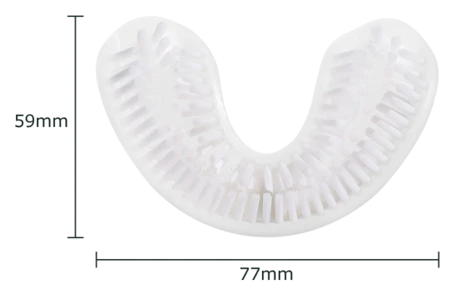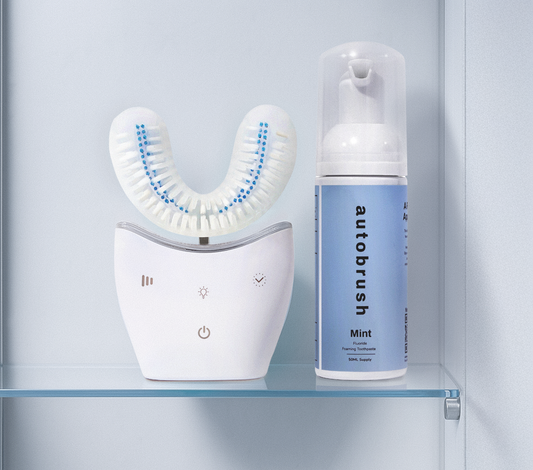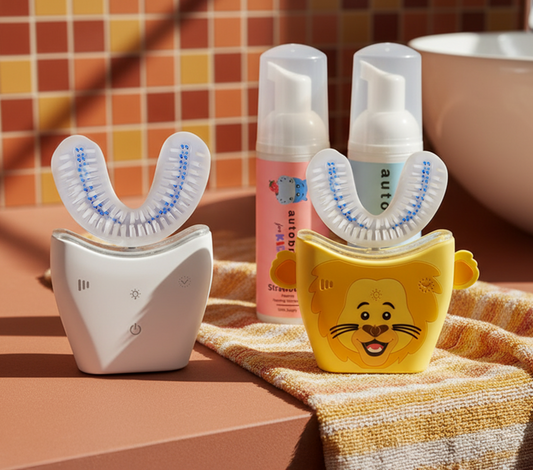
How Often Should You Replace Your Tongue Scraper?
The lifespan of your tongue scraper depends on the material and how often you use it. On average, it's a good idea to replace your tongue scraper every three to six months.
Replacement Frequency Based on Material
| Material | Replacement Recommendation |
|---|---|
| Plastic | Replace every 3 months. |
| Metal | Replace every 6 months. |
| Silicone | Check for wear after 3 months and replace if needed. |
Regularly inspect your scraper for signs of wear. If it’s damaged, it's time to replace it.
Which Tongue Scraper Material is the Most Durable?
Different materials impact how often you should replace your scraper:
- Plastic: Flexible but tends to wear down quickly, requiring frequent replacement.
- Stainless Steel: Durable and resistant to rust, making it last longer.
- Copper: Has natural antibacterial properties but can tarnish over time, requiring more frequent replacement.
Signs It’s Time to Replace Your Tongue Scraper
To get the most out of your tongue scraper, watch for these signs that it needs to be replaced:
- Frayed or rough edges that make the scraper less effective or cause irritation.
- Persistent discoloration that won’t clean up.
- Decreased effectiveness in removing buildup.
- Visible damage, such as bending or cracks.
Regularly checking your scraper for these signs will keep your tongue clean and fresh.
Why Tongue Scraping is Important
Tongue scraping isn’t just about keeping your breath fresh. It plays a key role in maintaining overall oral hygiene. By removing bacteria and food particles, it can reduce the risk of bad breath, plaque buildup, and even gum disease.
Incorporating tongue scraping into your routine can also improve your sense of taste. Plus, it's a simple practice that can make your mouth feel cleaner and more pleasant throughout the day.
How to Care for Your Tongue Scraper
To get the most out of your scraper, regular cleaning is essential. Here’s how to keep it in top shape:
- Rinse thoroughly after each use to remove any residue.
- Clean weekly with mild soap and warm water.
- Dry completely before storing, especially if it’s metal, to avoid rust.
Proper care can extend the life of your scraper and keep it hygienic between replacements.
Risks of Using an Old Tongue Scraper
Using a scraper past its prime can lead to more harm than good. Worn-out scrapers can harbor bacteria, which could lead to infections or irritation. A damaged scraper won't clean bacteria or debris effectively, worsening your oral hygiene.
Tips to Make Your Tongue Scraper Last
You can extend the life of your scraper by following these tips:
- Rinse after each use to remove debris.
- Store it in a dry place to prevent bacterial growth.
- Inspect regularly for signs of wear.
- Clean weekly with soap or a disinfectant solution.
Taking care of your scraper means fewer replacements and better oral hygiene in the long run.
Try the Automatic Tongue Scraper
Looking for an upgrade? The AutoBrush Automatic Tongue Scraper offers a modern twist on this oral hygiene essential. This cool scraper works great with the U-shaped AutoBrush base, making cleaning your tongue quick, easy, and effective.
Its automatic design provides complete coverage while being gentle on your tongue, making it a great addition to your daily routine.
Keeping Your Mouth Fresh and Clean
Incorporating tongue scraping into your daily routine is a simple yet effective way to improve your oral health. By knowing when to replace your scraper and how to care for it, you ensure that your tongue stays clean, fresh, and healthy. With just a little attention, you can enjoy better breath and overall oral hygiene every day.















































